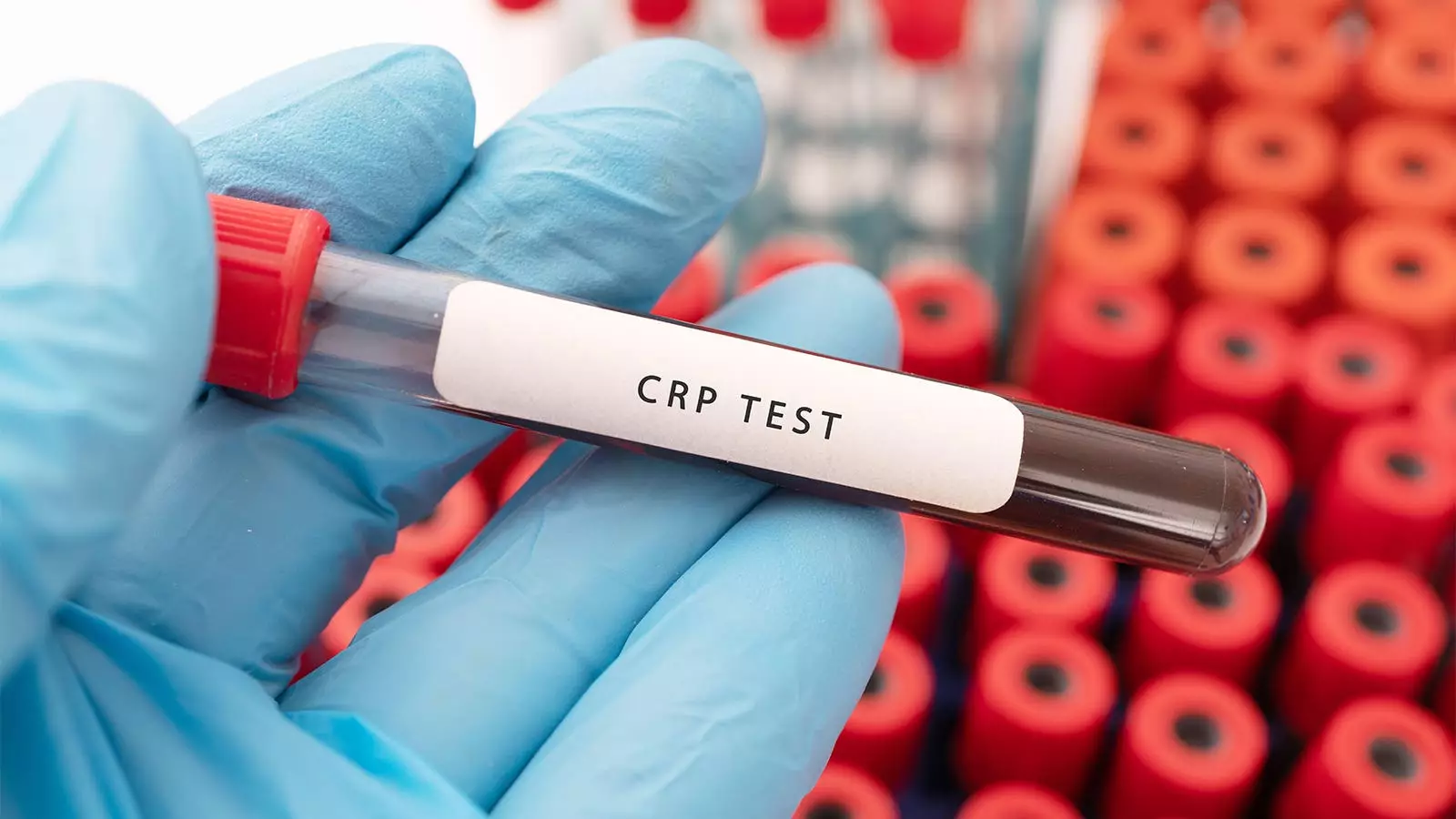Hidradenitis suppurativa (HS) is a chronic inflammatory skin condition that significantly impacts patients’ quality of life. Recent research has focused on identifying markers that could predict treatment responses, particularly to the biologic agent adalimumab (Humira). A post hoc analysis of the PIONEER I and II trials has shed light on the role of C-reactive protein (CRP)—an indicator of systemic inflammation—in forecasting the effectiveness of adalimumab for patients with HS. This article delves into the findings of this analysis, its implications for clinical practice, and the ongoing challenges in managing this complex condition.
The PIONEER trials have demonstrated that patients exhibiting elevated baseline levels of CRP—defined as exceeding 0.30 mg/dL—have a lower probability of achieving a clinical response to adalimumab after 12 weeks of treatment. This statistic illuminates a troubling prospect: as baseline CRP levels increase, the likelihood of a favorable outcome diminishes further. Specifically, those with the highest CRP values (in the top quartile, ≥2.81 mg/dL) were found to have a 30% decreased likelihood of response compared to those barely reaching the elevated threshold.
Alexa B. Kimball and collaborators suggest that adalimumab’s efficacy might be compromised among patients with significant inflammatory burdens. Though the drug still provides a response in patients with elevated CRP, their findings provoke critical questions about patient selection for this treatment. The notion that CRP acts as a biomarker for systemic inflammation aligns with clinical observations but also highlights the complexity of personalizing treatment for HS patients.
The study results propose that healthcare providers could leverage CRP levels to guide initial treatment strategies. However, as noted by experts like Danilo C. Del Campo, routine incorporation of CRP measurements into treatment plans has not yet taken firm root in clinical practices. Most practitioners still initiate treatment at standard doses, irrespective of baseline CRP or BMI, and continue monitoring based on the clinical response over subsequent weeks. This approach suggests a prevailing reliance on empirical experiences rather than biomarker-driven strategies.
Importantly, elevated CRP levels are often associated with obesity and systemic inflammation, conditions that complicate the clinical landscape of HS. As highlighted by Dr. Steve Daveluy, accurately predicting treatment efficacy for HS remains elusive. Previous research indicated relationships between other inflammatory cells, such as blood monocytes, and treatment response; however, the translation of these findings into clinical decision-making is still in nascent stages.
When faced with non-responsiveness to adalimumab, experts recommend several potential pathways for clinicians, including exploring different biologics, weight-based dosing, and even checking drug levels. Innovations in treatment paradigms such as the integration of adjunct therapies—like spironolactone in women or metformin for managing weight—also merit discussion. The prospect of utilizing CRP as a screening tool for these alternative strategies beckons further exploration, especially for high-CRP patients who may exhibit more resistant disease phenotypes.
There’s a pressing need for further investigation into HS treatment responses, ideally through targeted, prospective studies that validate these early findings. Understanding when patients are unlikely to derive benefit from adalimumab can pave the way for earlier interventions and better management strategies for HS.
The investigation into CRP levels as a predictive marker for adalimumab response in hidradenitis suppurativa offers a promising but preliminary look into personalized treatment approaches. While current practices largely adhere to established dosing protocols, the findings from the PIONEER trials call attention to the necessity of integrating biomarkers into clinical decision-making. Until more definitive studies emerge, clinicians must balance empirical knowledge with the growing body of evidence aiming to refine treatment pathways. The complexity of hidradenitis suppurativa necessitates an adaptive and informed approach, ensuring that every patient receives the most effective care tailored to their unique inflammatory profile.

